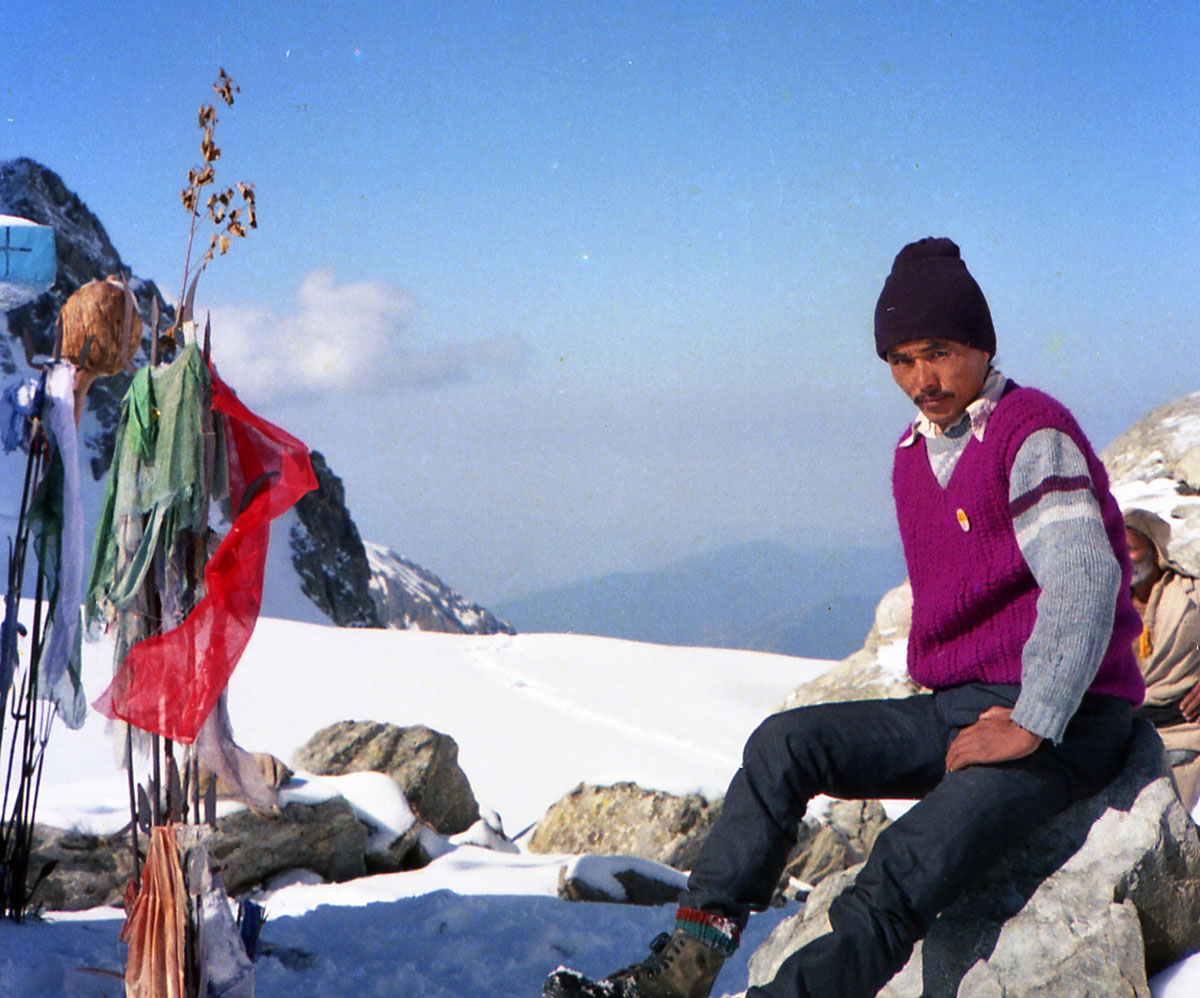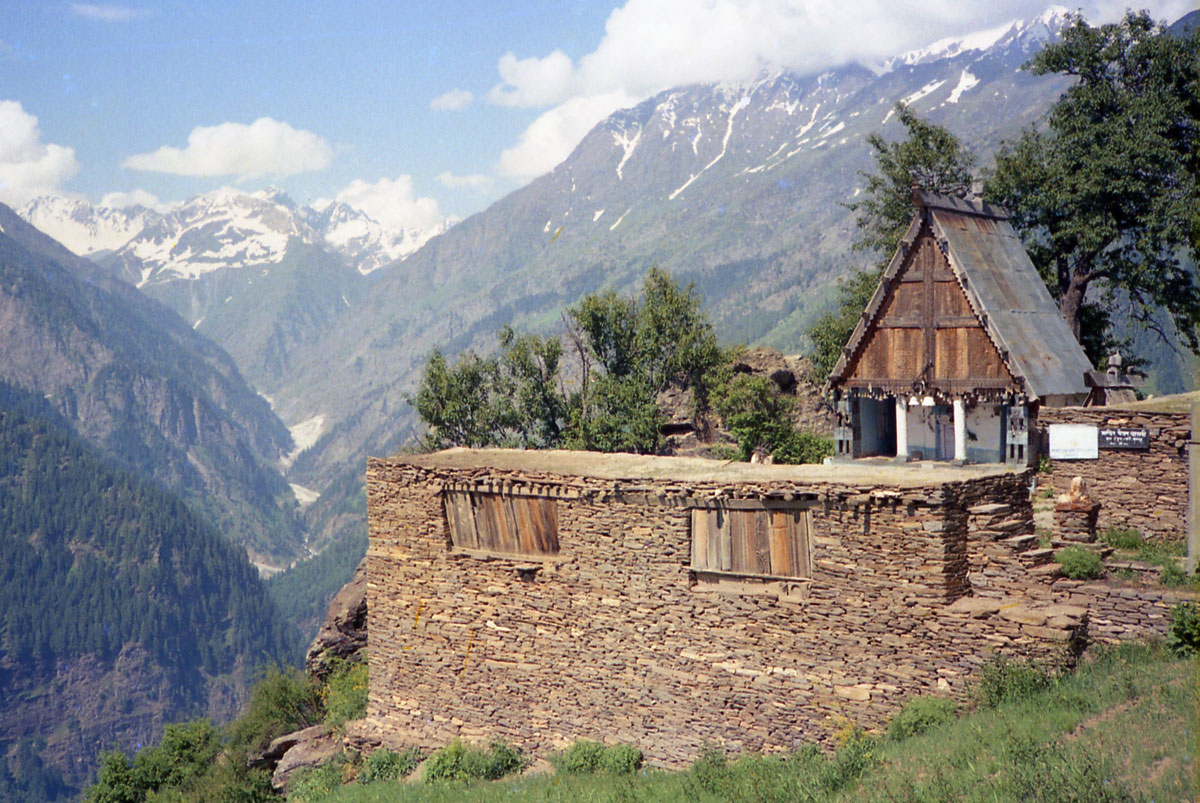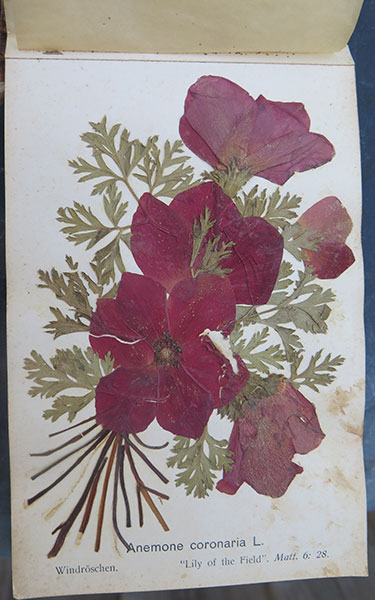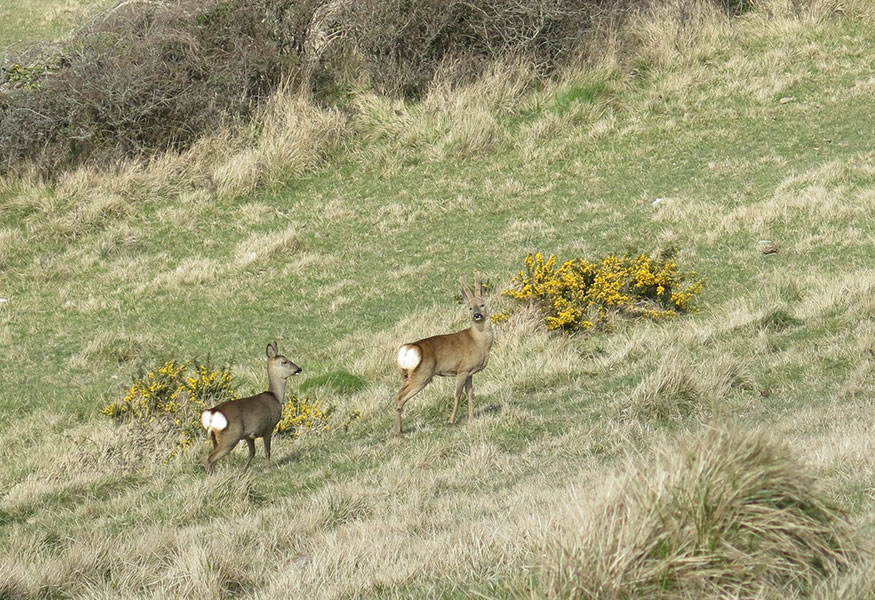45. In Pursuit Of Murals Through The Himalayas 2
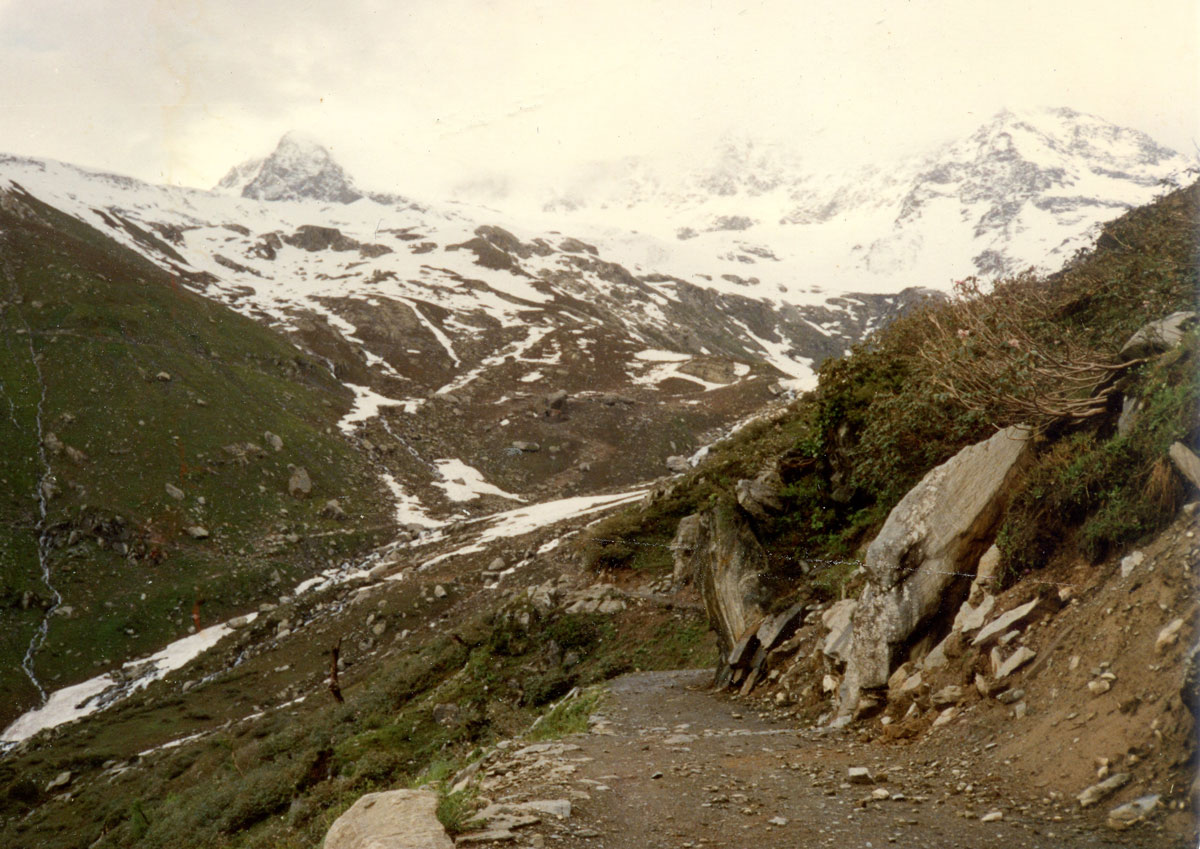
44. In Pursuit Of Murals Through The Himalayas 1
February 25, 2021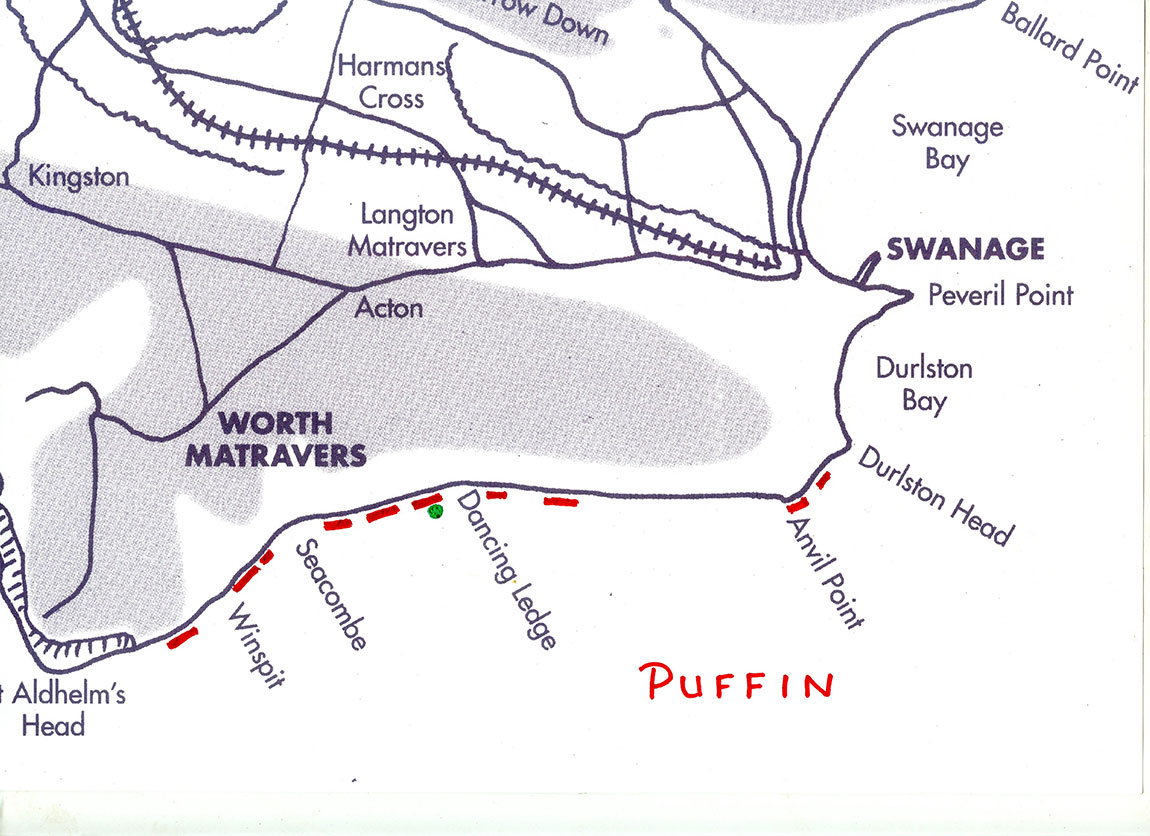
46. The Last Day Of Winter
March 11, 2021S ring Aang woke me at five. A regular on this pass, they called him Ashok, an easier name suiting both Hindus and Buddhists. His friend brought tea. A group of porters, who had slept nearby, set out as the sun struck the snowy peaks. One halted, incense sticks between palms, to pray to the mountain; others called on 'Mataji', its goddess. We followed them. Ashok had decided to take me under his wing: a relief. I carried a rucksack, he, merely an almost-empty shoulder bag. We caught up with the porters queueing behind their leader who was cutting footholds in a steep stretch of frozen snow. Ashok pointed out that if he fell we all would! No one did. Gaining a snow terrace, we paused for a bidi.
It would be snow until far beyond the pass. Ahead, a steep scoop fell away some thirty-five metres, flattening, then plunging out of sight. A line of little footsteps led around it to distant rocks higher up. Overtaking the porters, Ashok said 'be careful, it is dangerous' and led across this challenging scoop, each concentrating utterly on the footsteps ahead. At one point disturbed snow crossed the track; someone had slid twenty metres across the steps before checking himself.
Reaching the rocks, I asked if there were more dangerous stretches. 'Yes, a straight-up piece further on, but that is all.' He pointed out the place but his 'dangerous' also meant 'tedious'; although it was hard work there was flat snow beneath and one could deflect a fall to reach a patch of bare stones. He thought the pass was just ahead: it wasn't! Instead, there was a long slope of soft snow before more rocks. Lagging, I floundered into deeper snow off the line of footsteps. Several porters overtook. Then at the next summit, part hidden by another rise, a line of prayer flags stretched between two rocks above a little blue temple. Sach Pass! It was 08.15.
Ashok prayed at the shrine then attached a scarlet prayer flag to those already on a pole and gave me prasad. The porters arrived, two women amongst them, one revealing her load to be a small child! After tea, served by an enterprising fellow who climbed up each morning to cash in on the pass, we ate what food each carried. While leaving, another man joined us. The descent was steep but not too intimidating, soft snow declining into a bowl, which would later to become a pond, then levelling out before another steep slope.
A long way down the track a sadhu in saffron and rough, ill-stitched shoes was struggling up. His group had abandoned him; we had passed them earlier, government officials. For his morale's sake, Ashok said the pass was close. Our companion offered him half a roti, but he refused and turned to face the scramble above; beyond the pass lay the no lesser challenge of descending in those shoes.
North of the pass the snow stretched far further than on the south, following a U-shaped valley, becoming discoloured and, at its centre, sometimes collapsing into the river. At last we gained a stony track, rich in wet mud, with bright yellow, blue and red flowers to either side then stopped at the first little 'hotel', as they called refreshment shacks, run by more Ladakhis. Ashok admired a large Dalai Lama badge decorating a small boy's cap while he ate and we took tea. A group of yellow-billed Alpine choughs gathered. By now I was often lagging behind the other two, finding the descent through soft snow difficult but catching up over rocks. Larches appeared on the valley sides and several snow pigeons flew over. There were fragments of fallen rock scattered over dirty snow. We followed the west bank as the valley narrowed. Under cliffs on the opposite side were several huts – Dunaee. Here our companion left us. Conscious of delaying him, I told Ashok not to wait. Immediately, he set off at a jog down the valley. High above, shattering the silence, a pneumatic drill clattered into life: they must be building a road.
The surrounding beauty was stunning: dark larches, the impressively high, precipitous valley walls, rocks so shiny they could be mistaken for snow, the sprinkle of flowers all beneath a deep blue sky. Snow-capped peaks peeped through breaks in the cliffs. Sometimes the Pangi River emerged briefly from its cover of grubby snow. Brindavan, and the travellers' bungalow, was only 2 km further.
Further on, confronted by another steep snow rise, I halted, exhausted. There were huts, one a 'hotel', where the owner said Brindavan was '1 km onwards' then, correcting himself, 'an hour's walk'. It was a scam, but who cares! Reinforced by his omelette and biscuits, I climbed the snow hill. The bungalow lay just beyond. Taking a room, I fell on the bed and only woke when the chowkhidar brought dawn tea. After that it was easy-going, lovely that valley with all manner of half-familiar birds and butterflies. The track gradually became respectable in places cut into the cliff so that rock, utterly unsupported on the river side, overhung it. A man pointed out my goal, Killar village, across and far above the great grey-brown Chenab river rushing through its gorge. The Pangi slipped into it clear and green.
Mounting the other side of the valley meant negotiating a terrifying smooth mudslide falling towards that maelstrom flood hundreds of feet below, a harsh obstacle so close to Killar. A great Lammergeier circled above the flat-roofed village. The bungalow's electricity hadn't worked in months, but there was a room, the sad call of turtle doves and pink roses.
Next morning off to Bailan Basani Temple set against the far-below Chenab rushing towards Kashmir and more snowy peaks. There were pictures but not painted, carved in the gable's woodwork. But it was no wasted journey!
*
PS Google 'Sach Pass': thirty years of heavy machinery have made it unrecognisable. A road now, smart cars, motor bikers, adventure travel groups! I am content with the world as it was.

